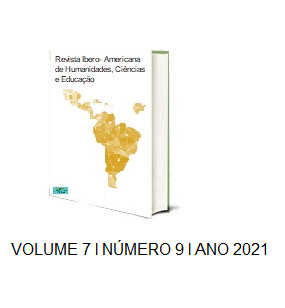O FARMACÊUTICO FRENTE AO RISCO DO USO IRRACIONAL DE ANTIBIÓTICOS
DOI:
https://doi.org/10.51891/rease.v7i9.2231Keywords:
Pharmaceutical care; Self-medication; Antibiotics; Bacterial resistance; Rational Use.Abstract
Antibiotics are synthetic or natural substances that can act on bacteria, inhibit their growth or cause their death. With its discovery in the 20th century, the number of deaths by microorganisms was reduced, improving the population's quality of life, as many deaths can be avoided. Bacterial resistance refers to microbial strains that can multiply when the antibacterial concentration is greater than the human therapeutic dose. One of the main factors of bacterial resistance is the continuous use of antibacterials without professional guidance, resulting in a high resistance index. Therefore, the role of the pharmacist is to promote the rational use of antibiotics, whether in pharmacies and drugstores, or in the private or public health sector. It is possible to show then that one of the most effective ways to combat bacterial resistance is the rational use of antibiotics, with the pharmacist responsible, where he works directly in the correct dispensing of these drugs, as well as in the instruction and health promotion with the population.
Downloads
Downloads
Published
How to Cite
Issue
Section
Categories
License
Atribuição CC BY

